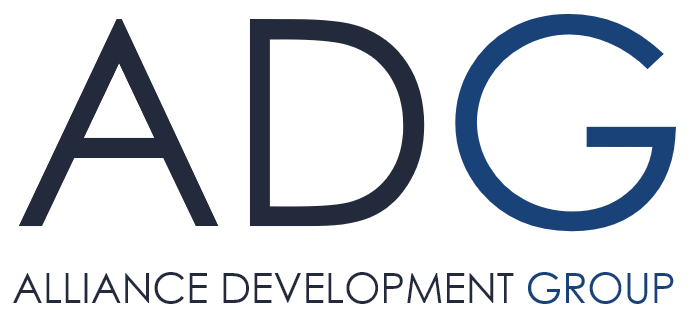China OEM market: supercharge your growth
Written by ADG China
11/14/2015

With Q3 ’15 smartphone numbers coming in, a remarkable 7 of the top 10 and 9 of the top 12 global OEMs are from China. The top 10 China OEM companies will ship almost 600 million smartphones in 2015.
So how to develop partnerships and reach the global majors including Huawei, Lenovo, Xiaomi; perennials ZTE, TCL/Alcatel, Coolpad; and the emerging ones like Oppo, Vivo, Meizu, and One Plus?
China is a key market for most of these device OEMS but they are aggressively growing globally especially in fast growing markets like India, Indonesia, Africa, and Latin America.
What do Chinese OEMs care about?
Having an attractive product that fits their current requirements and product plans is important. Timing is also key – they prefer a partner that has a product they can use on their next launch. China OEMs are looking for ways to differentiate, to monetize their increasingly global distribution, and to reduce costs. Their margins are razor thin and the crowd of competitors is growing.
In our daily dealings with the OEMs, recently we are seeing interest for differentiating solutions including consumer and enterprise apps, machine learning & artificial intelligence, screen force/haptics, virtual reality & augmented reality, fintech & payments, and solution around interface, sensor, image, and battery life.
How do you win a China OEM deal?
It’s critical to understand the China OEM organizations and the decision maker/influencer structure prior to significantly investing. It is very easy for the ill-prepared to spend 9 – 12 months of time, late night conference calls, expensive China trips, and plenty of jet lag only to find out that they are working with the wrong department or don’t have someone willing to champion the product internally. Fundamentally Chinese companies can be very complex and siloed and you need to have a good plan. A China OEM has a consensus decision making model and efforts often require a multi-department, multi-level approach. It’s not as top down as many people believe. Sure it can be helpful start at the top but the role of the senior executives is really to agree to allocate resources to the project. From their you need to find your champions among the working level teams including the product managers which often drive the per device strategy as well as others that could come from R&D, and strategy to marketing, international cooperation, and commercial. All can influence the decision and agreement.
Land and expand
Winning with one product family doesn’t mean your solution will be used across all smartphone families. Chinese OEMs are restructuring and building teams to drive a global strategy but today many of the product decisions are still made on a device-by-device basis led by the product managers. Getting onto the flagship line of a tier 1 or 2 OEM is a great start but that may mean only 5 or 10 million phones (out of the 40-60-80 million they are shipping). So working closely with the OEM to internally and externally market your products is key.
In addition you need to provide great support – fast, flexible, responsive. Regular local China engagement is imperative and helps push through the inevitable cultural and communication issues. It’s also needed to obtain the valuable internal insights and help you adapt quickly to ensure the program is on track with executive support.
The China device OEMs are becoming a major force but they are facing tremendous pressures. They need great technology partners and solutions to continue their global expansion objectives. With an attractive solution, engaging the right groups, and strong local support, a China OEM offers an excellent partnering and revenue opportunity.



